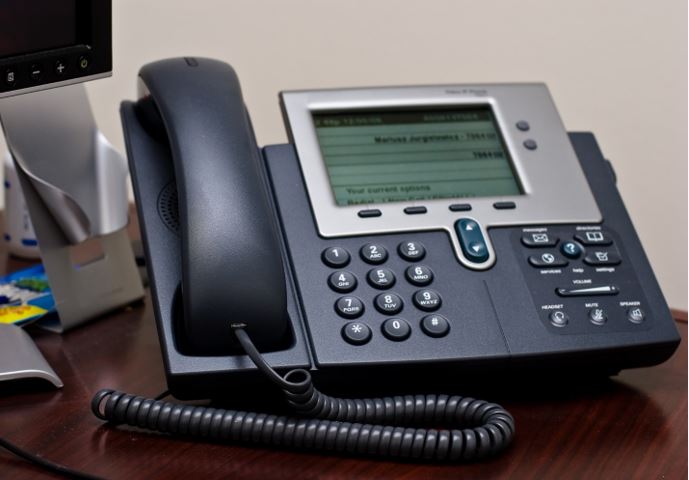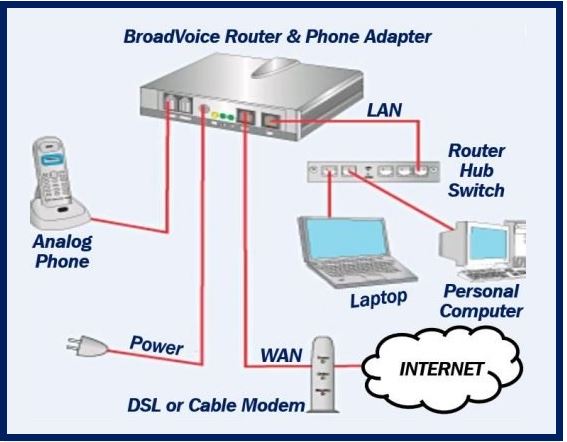 You’ve probably heard how VoIP technology can save your business a fortune. That it’s revolutionizing how companies communicate. And how it replaces traditional phone lines and works using the Internet.
You’ve probably heard how VoIP technology can save your business a fortune. That it’s revolutionizing how companies communicate. And how it replaces traditional phone lines and works using the Internet.
But what exactly is VoIP and how can you implement it into your business?
There are an estimated 34 million VoIP users in the United States. Business volume reached $53.1 billion for Canadian telecommunications in 2018. Most businesses switching to VoIP save 40% on their calls. And if they frequently communicate with other countries, savings reach up to 90%!
This is why business VoIP phone providers are head-on competing to answer the increasing demand due to the pandemic where most employees are forced to work from home.
This guide breaks down the jargon. It answers the question of what are VoIP calls and explains how you can take advantage.
What Is VoIP Technology?
VoIP or Voice over Internet Protocol bypasses traditional phone systems to make calls via the internet.
It’s also referred to as the Internet or IP Telephony, but you don’t use your existing handset. Instead, any internet-enabled device with a microphone and a speaker can send and receive VoIP calls.
There are many VoIP software applications or apps you can use to communicate with your customers and employees.

What Are the Benefits of VoIP Calls?
VoIP opens up business communications by offering a broader range of features than old-style phones.
They include:
- Easy call routing
- Hosting conference calls
- Video and audio chat
- Instant usage reports
- Scale and mobility
The last point can’t be underestimated, especially for businesses. You can add more phones to a network without an engineer. You can also bring your phone with you as the software works on your cell phone.
Is It Really Less Expensive?
The big benefit of using VoIP is reduced costs.
Many VoIP options are free to use. Skype, Zoom, Google Meet, etc. are all free VoIP apps your business can take advantage of. You only pay for your internet connection and/or data bill.
Smart VoIP apps even optimize the data they use so you don’t waste bandwidth. Larger businesses that require managed networks like PSTN, VoIP offers cheaper alternatives.
What Is a VoIP Phone?
Although you can use a microphone and speakers to make a call, many businesses purchase a VoIP phone.
VoIP phones look and act like traditional phones with a handset, buttons, and display. They offer similar functionality like call routing and retrieving messages. They sit on your desk and ring when a call comes in.
But you’ll notice a marked improvement in quality.
HD VoIP phones offer high definition sound on both ends. Some come with conference calling built-in. Just connect it to your local network and enjoy all the benefits of VoIP on a familiar device.
VoIP for Your Business
With this introduction to VoIP technology, you understand how the system works.
Businesses across the world now use VoIP as their main method of communication. With lower rates, great service, and scalability, you can’t afford to be left behind.
Remember to visit our technology section for more IT related news. You can also subscribe to our RSS feed and share your thoughts on our social media pages.
__________________________________________________________
Interesting related article: “What is VoIP?“

